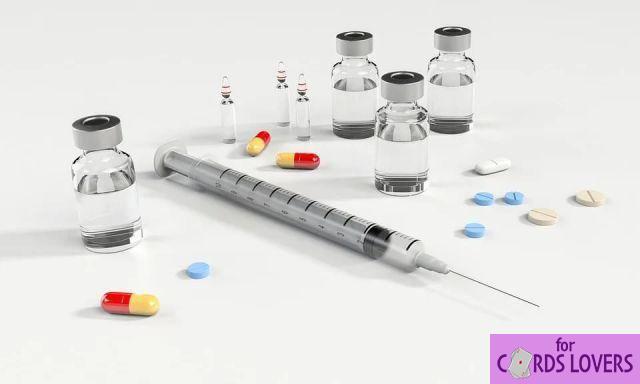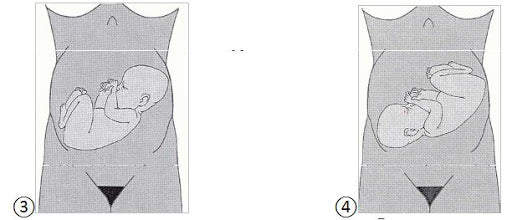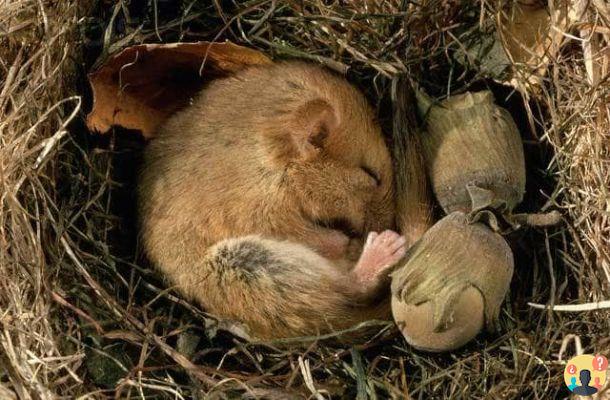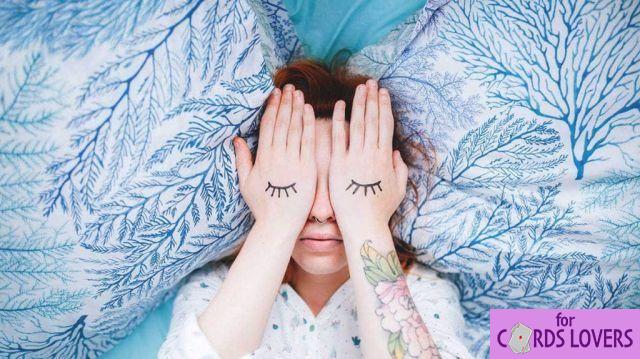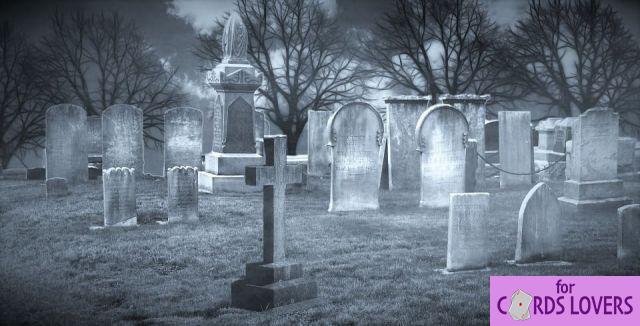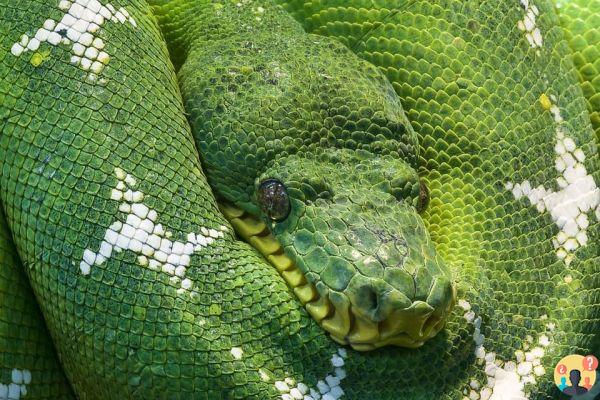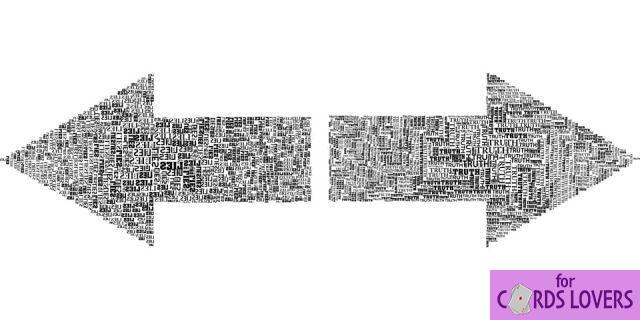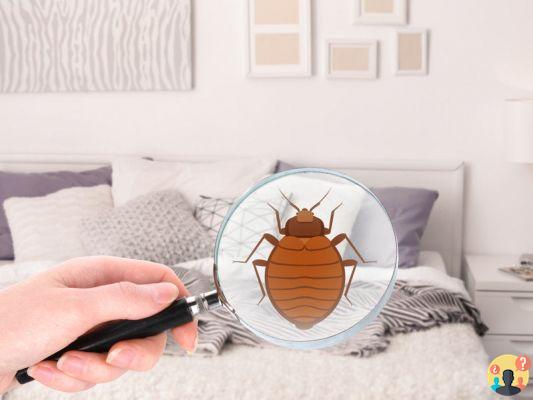
Bed bugs are very dangerous blood-sucking tiny insects that often lurk in cribs. They are difficult to detect, in this case when it is a recent infestation. If you suspect the presence of these pests in your bed, here are some tips to help you detect them.
Check for bedbug bites on your body
The first signs of a bedbug infestation are very often the traces of bites on the body. However, not all organisms react the same way to the bite of a bedbug. This characteristic is only unreliable, because in the event of a recent invasion, bedbugs take time to multiply in your bed. Also note that the sting can vary from the size of a small button to that of a coffee saucer. Still, reactivity to stings is relative to your level of allergy.
In addition, bed bugs being from the blood-sucking family, they bite by targeting. Indeed, they choose in most cases a single victim that they suck regularly. It's the same with mosquitoes. That said, you can be two in the same bed while only one will be bitten and the other will not.
Also, bedbug bites can manifest as small, lined pimples. It is true that bedbugs bite online, but not before they have infested your berth for a long time. Indeed, at the beginning of infestation, they are few. Best of all, bed bugs don't often stick to the skin to bite. They prefer to do it from the sheet to avoid arousing suspicion.
Inspect bed bug hotspots
To convince yourself of the presence of bed bugs in your home, you can examine certain key places. Indeed, these insects feed on blood and to avoid being noticed, they prefer to operate during the night. Thus, all areas where you spend time at night or you sleep should be carefully examined.
To this end, comb through every corner of your mattress, sheets, cushions, duvets and other linens that you use during the night on your bed. Also consider doing the same for your sofa. During the inspection, you will find:
- Bedbugs alive or dead: “They can look like a sesame seed or an apple seed depending on the stage of their growth. You may also find bedbug eggs which are more difficult to identify. They are similar to heaps of transparent and very fine grains of rice.
- Small brown stains that look like pen ink stains: These are bedbug faeces.
- Small skins of beige or brown color: These are nothing but debris of metamorphosis. Indeed, the bug, while growing, renews its skin.
If your inspection reveals two of these different signs, you are certainly the victim of a bedbug infestation. In this case, you should consult a specialist or carry out an online diagnosis to determine the level of infestation. Thus, you will be able to find the best solutions to get rid of them.








